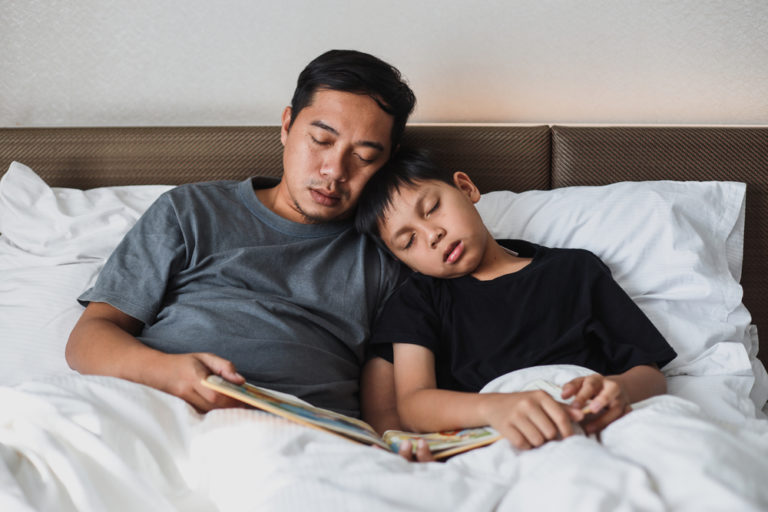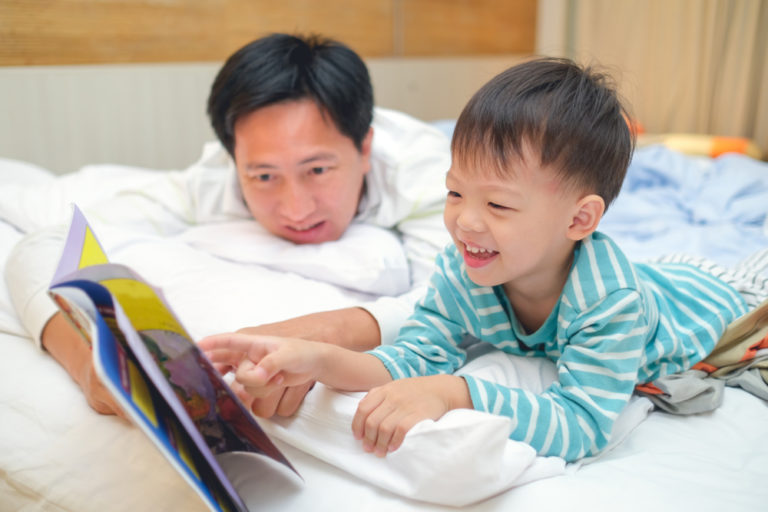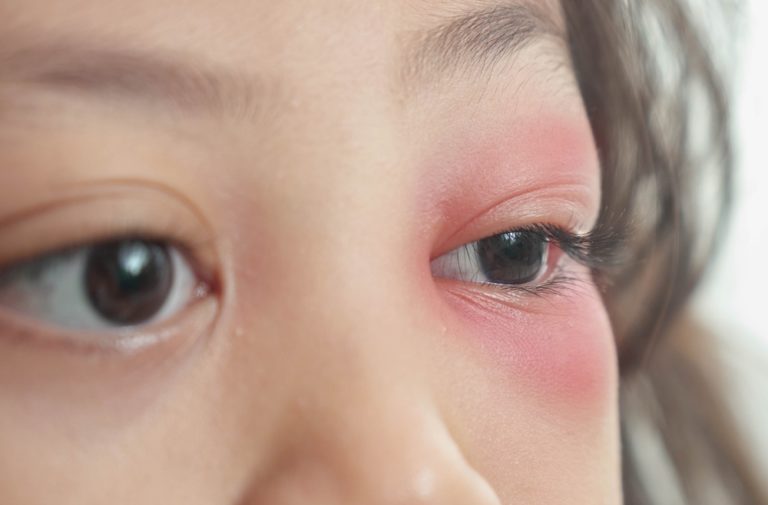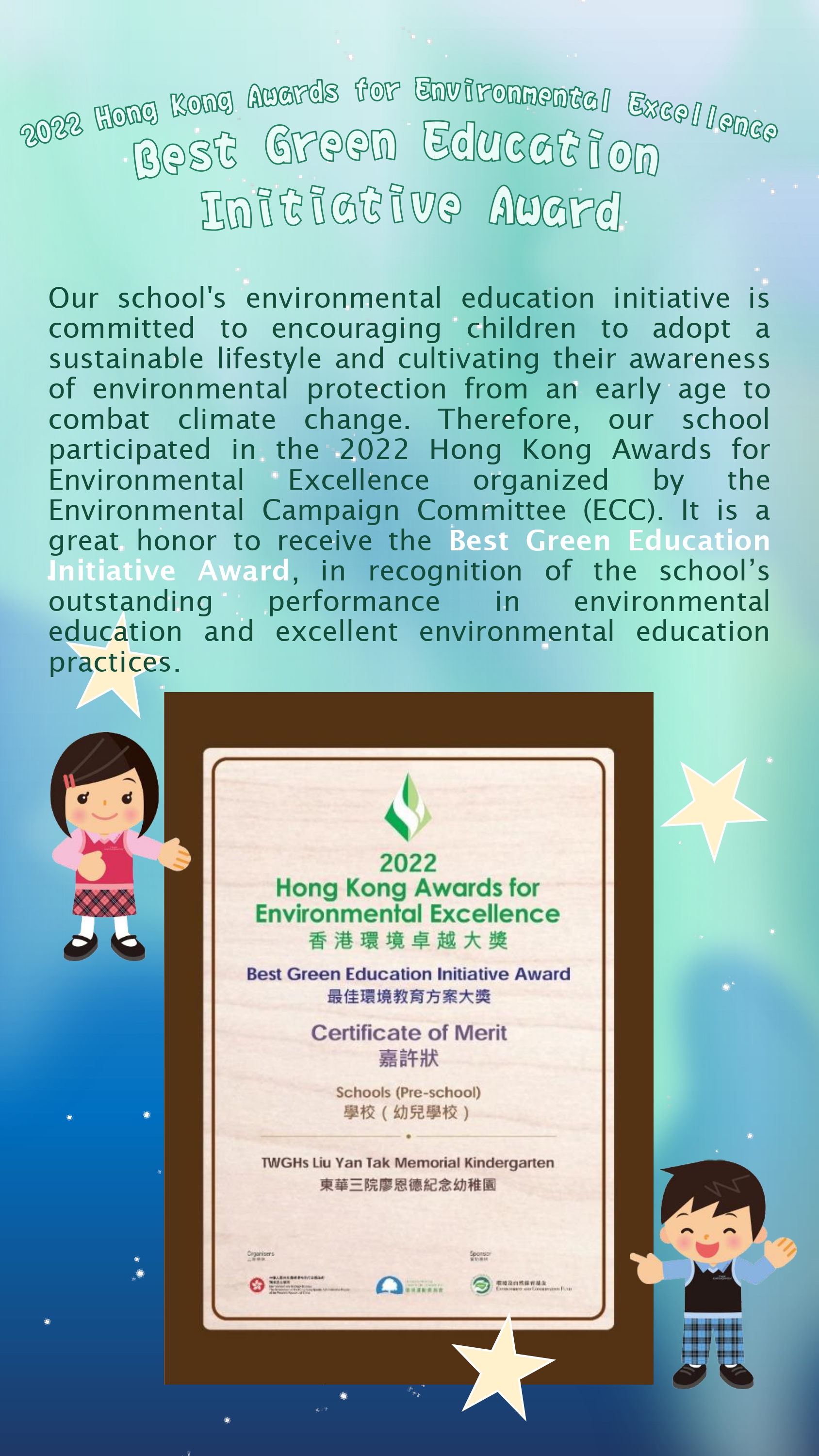Month: November 2023
The four major preparations for enrolling in first grade
- Post author By system
- Post date 01/11/2023

Parenting Tips
November 2023

Source: Senior Parenting Education Expert Bally
In fact, preparing for the transition to first grade can be more stressful and time-consuming. If you were to ask me, I would recommend that parents should start from Pre-Nursery to “analyze first and then plan.” But how to analyze first?
Many parents are not entirely clear about the various types of schools in Hong Kong. For instance, we have traditional government-subsidized schools, Direct Subsidy Scheme (DSS) schools, private schools, and international schools. What are the differences between these types of schools? What are their educational philosophies? What is the ideal type of school for parents based on their financial situation and aspirations?
They should first understand and analyze this, which will give them a goal. Once they have a goal, we can move on to the next step, which is to personally attend the orientation sessions of each school. Why do we believe that parents should start preparing from Pre-Nursery (PN)? Because many schools often hold orientation sessions only once a year. These orientation sessions often occur at the same time. If we wait until the year of K2 to attend these sessions, and we are interested in three different schools, and all of them schedule their sessions on the same Saturday at the same time, parents may miss out.

Secondly, it’s important to note that these orientation sessions have limited spots. While many people may sign up, there are often only a few hundred to a thousand slots available. During the course of a single day, there may be over 5,000 registrations. With such high demand, it’s possible not to secure a spot, which means you won’t have the opportunity to attend. This is why we need to prepare one to three years in advance, considering whether the school’s philosophy is suitable for your child.
If you have been attending orientation sessions for your preferred schools for the first one or two years, by the final year, you should revisit your top one to three choices multiple times. This is because educational changes in Hong Kong happen rapidly and frequently. By attending multiple sessions, you can confirm your preferred school.
In many cases, the first time someone attends may be the mother, and the second time, it may be the father. It’s essential for the family to be in agreement, so attending orientation sessions together to understand the school’s philosophy is crucial. Once everyone has a shared understanding, you can move on to the third step, where the family sits down to discuss the direction of your child’s education. What kind of education do you envision for your child’s future? Do you want a very traditional teaching method, or do you want a happy one? Some schools are called “Happy School,” but many parents mistakenly think that a “Happy School” may not be effective.
In fact, there are two major categories of “Happy School” now. Some “Happy Schools” focus solely on happiness, but their curriculum may not align with the first-grade curriculum. Others combine happiness with effectiveness, and students from these schools have the ability to select their preferred schools because they can keep up with the first-grade curriculum. Therefore, parents need to understand what a “Happy School” is, what their teaching philosophy is, and how effective they are.

Once parents reach a consensus, it’s time to truly and thoroughly select the school that is most suitable for the child. Many times, parents may choose the best school for their child because it’s considered the best. However, what is considered the best may not necessarily be the most suitable. As parents, our goal should be to find a school that is the best fit for our child. For example, if a child is very active, parents may wonder whether they should choose a more traditional school that enforces discipline and expects students to sit still. But what if the child is like a “wild horse” and sitting still is not their nature? Or if a child struggles with English, should they attend an English primary school, or should they go to an international school?
In reality, consider this: if a child’s learning abilities are far from meeting the school’s primary requirements, they may not even want to go to school. If a child is weak in English and strong in Chinese but chooses an English primary school, they might not understand what the teacher is saying, and they would have no interest in English at all. In this case, you could argue that the child doesn’t need to attend school because they won’t grasp what the teacher is teaching, and their poor performance in English could negatively impact their overall academic progress and their interest in learning.
Parents often ask how to make the right choice. To analyze this, let’s use the analogy of a small fish in a big pond versus a big fish in a small pond. If a child attends a school where their learning abilities and performance are in the middle to upper range within that school, their confidence will increase, and they won’t feel inferior to their peers. However, if they attend a school considered “good” or prestigious but their abilities are not up to par, they may struggle and feel like a small fish in a big pond. In this scenario, the child is likely to be unhappy throughout their learning journey and may feel underestimated.

So, I would recommend that parents, first and foremost, understand how to choose a suitable school. You need to comprehend the school’s educational philosophy and evaluate the academic standards for students after they enter first grade to determine if your child is a good fit in terms of English, Chinese, and mathematics. If you believe that your child can handle these aspects well and is already coping with them, then this school is likely the right fit for your child.

Parenting Tips
November 2023

Parent-child reading senior worker: Choi EE
Do you have kids who insist on you telling them stories? And not just any stories, they want you to keep going. When you come home from work, they have a stack of books and won’t eat until you finish all of them or want you to keep going for two hours. This is a common issue that I frequently encounter in my lectures. Parents, think about it: when you engage in parent-child reading with your kids, what do you hope for the most?
You certainly hope to create a warm memory because when they listen to your stories, they are especially well-behaved and feel secure. However, if the children turn listening to stories into your stress, demanding many stories, even refusing to listen to others, and only wanting to hear you as if they’re monopolizing your personal time, you should consider how to resolve this issue for yourself.

I suggest that in the context of parent-child reading, spend a good 15 to 20 minutes sharing a story with your child, and even half an hour is fine. However, if you find yourself spending two hours each day telling them an entire book, and they still feel unsatisfied and demand that you keep going as if they’re controlling you, it’s no longer a parent-child reading relationship but more of a tutoring relationship. We should set an example and tell the child, “I need to have some personal time. Today, storytime is 15 minutes, and Mom will tell you two books. After we’re done, we can do other things, or we can discuss the story we just read while you’re playing or eating.”
You shouldn’t turn into a radio, constantly narrating stories like a recording machine, as that’s not what we want in parent-child reading. So, parents, remember that when your child asks you to tell a story, it’s a joyful moment. We shouldn’t be afraid of telling stories to our children. Instead, we should control our time, casually finish a story in about half an hour, and then have a meal together or engage in play, followed by discussing the story. I believe that in a quality parent-child reading relationship, children will develop a greater love for reading and see it as a path to new horizons.
Is your eye sensitive when the seasons change? What is keratoconus?
- Post author By system
- Post date 01/11/2023

Parenting Tips
November 2023

Source: Ophthalmologist,Yu Wang Hon
During seasonal changes, children often rub their eyes, and their eyes may become watery, mostly due to eye allergies. About 10 to 20 percent of children experience eye allergies, and the severity can vary depending on the season, with more severe cases occurring in the fall and winter.
Common symptoms when children have eye allergies include redness of the eyes, eye swelling, frequent eye rubbing, dark circles under the eyes, and excessive tearing. Sometimes, there may also be swelling of the eyelids and conditions similar to eczema on the eyelids. Typically, children with eye allergies may also have conditions like skin eczema, asthma, or nasal sensitivities.

The causes of eye allergies are often related to genetics, but they can also be influenced by changes in weather, humidity, and temperature. Additionally, air pollution, dust mites in the home, and owning pets are common contributing factors.
In fact, for the majority of individuals with eye sensitivity, it doesn’t affect their vision. However, a small percentage of children may have more severe eye sensitivity that persists beyond seasonal variations. In some cases, the cornea may become damaged or scarred, leading to vision impairment.
As for keratoconus, it’s a corneal disorder where the curvature of the cornea, which is typically stable, continuously deepens in a small percentage of individuals. In the long term, even with eyeglasses or contact lenses, vision cannot be corrected, and surgery or other treatments may be necessary. Presently, for the treatment of keratoconus, a procedure involving corneal collagen cross-linking is used to stabilize the corneal curvature and slow down the progression of deepening.


